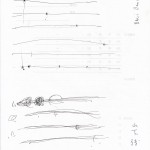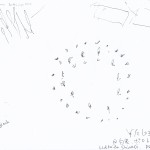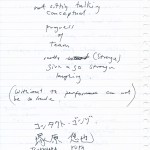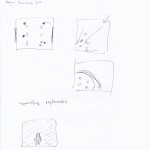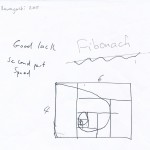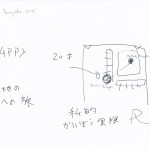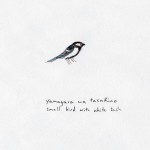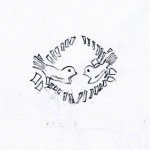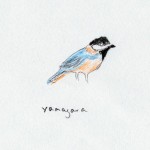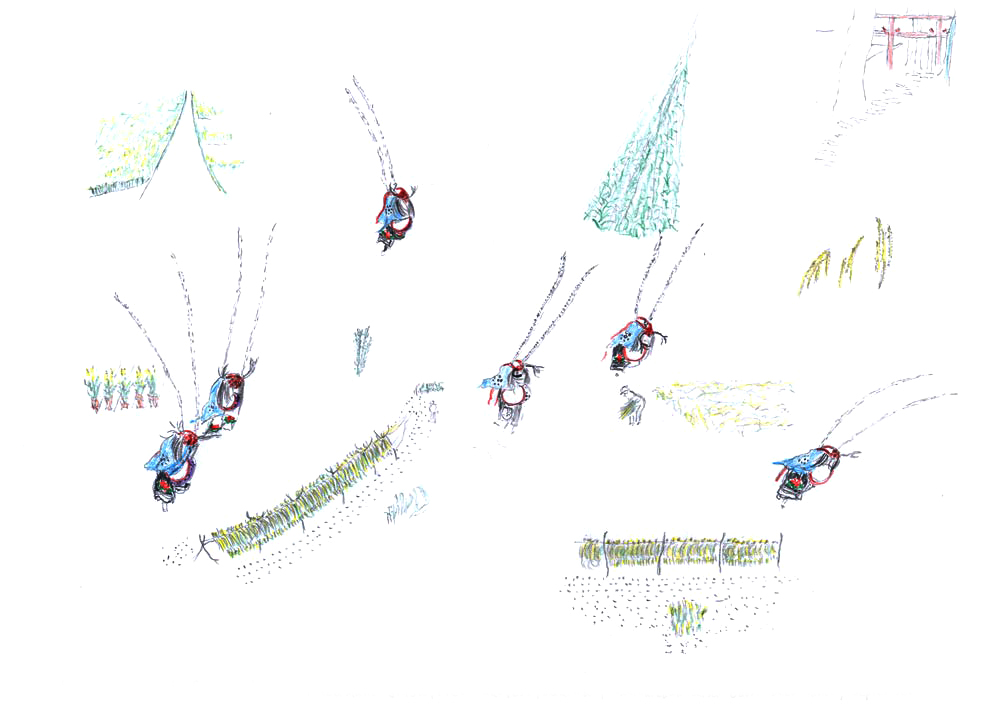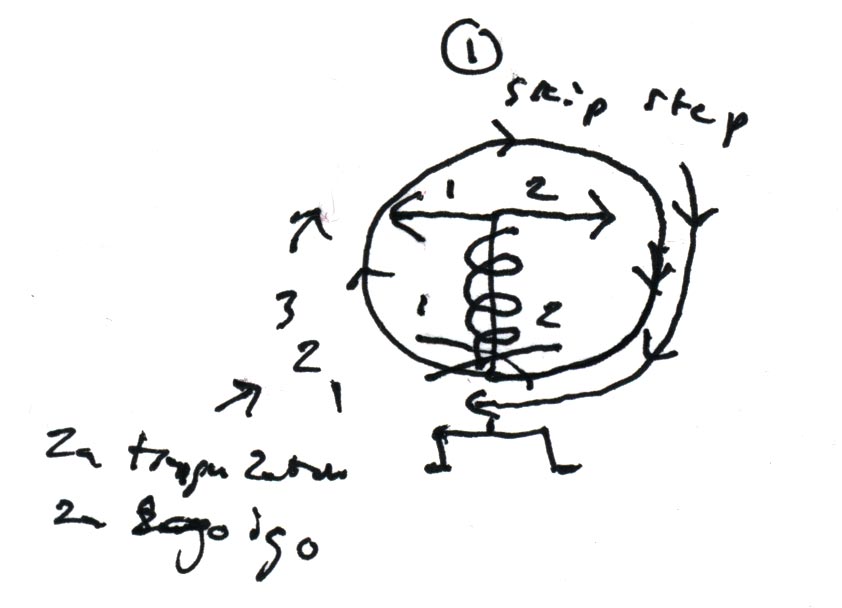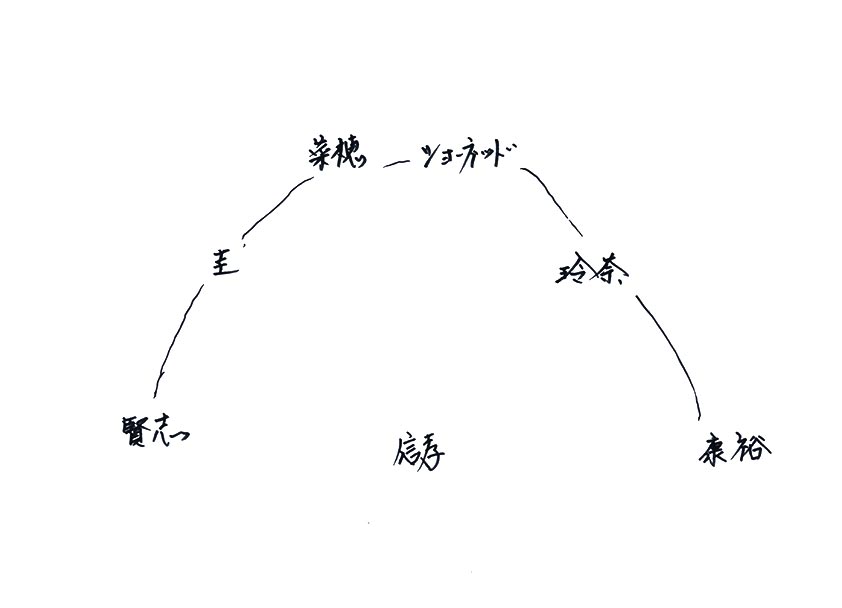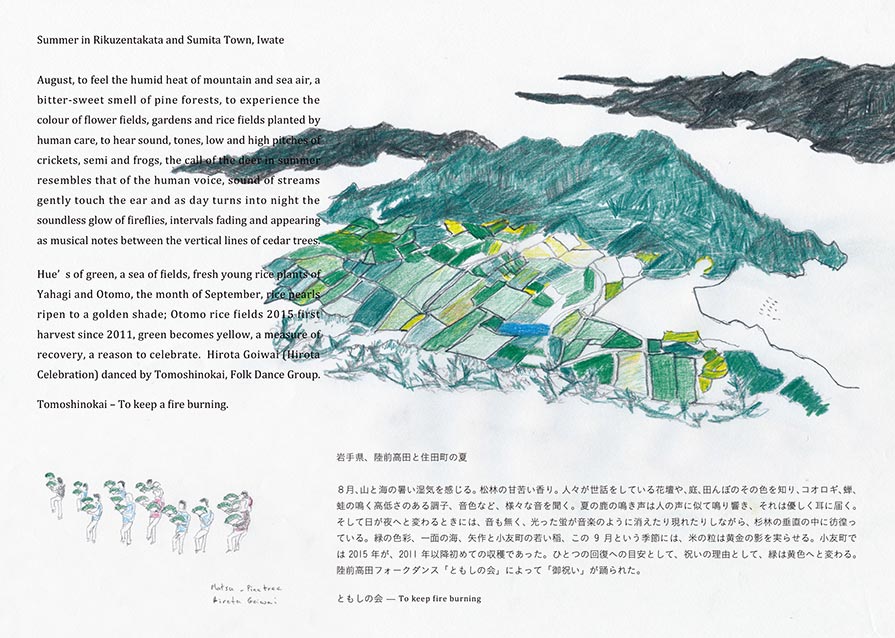Odori Dawns Dance
Presentation Cyflwyniad TPAM 2018
Tokyo Performing Arts Meeting in Yokohama
Saturday / Sadwrn 17th & Sunday / Sul 18th February
Culture is an activity; we are already situated within it, we respond to it. Wandering through this garden knowing this, a map of human life, references to culture and dance history (story), our everyday, the experience of the body, a presence and attention, a dimension of being. A space to reflect, leads to the imaginary, a process of becoming; when you enter this garden, wander around unknowing as to what or where it might lead.
Gweithred yw diwylliant; yr ydym eisoes wedi eu lleoli ynddo, yr ydym yn ymateb iddo. Crwydro drwy’r ardd hon gan wybod hyn, map o ffurfiau bywyd dynol, mae cyfeiriadau at ddiwylliant a hanes (stori) dawns, ein bywyd dyddiol, profiad y corff, presenoldeb a sylw, dimensiwn o fod. Mae lle i fyfyrio sydd yn arwain i’r dychmygol, proses o ddod. Pan fyddwch yn mynd i mewn i’r ardd hon, crwydro o amgylch heb yn wybod beth fydd yn cael ei ddatgelu.
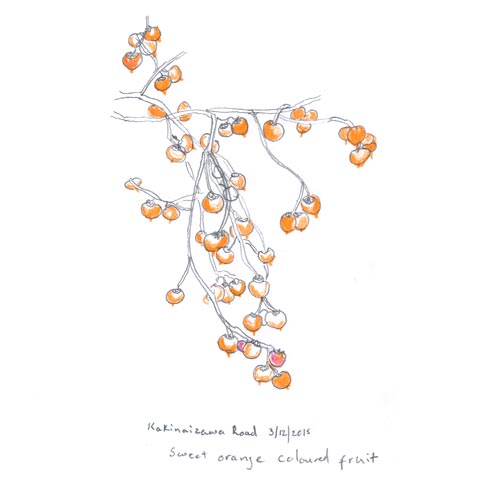
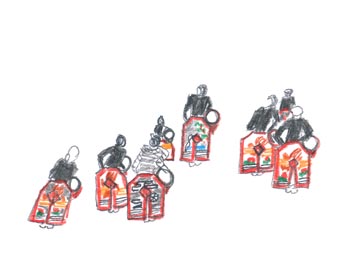
Mythology
Shishi-odori Deer Dance is reminiscent of a mythical creature from a long time ago and unknown place, I think of Tatsumi Hijikata’s childhood memories of his Northern Japan growing up in Akita. I am interested in a retelling, a vitality, the format of performance – potential situations, to deregulate expectation and preconceived ideas of dance and performance.
Mae Shishi-odori Dawns Ceirw yn atgofus o greadur mytholegol o amser maith yn ôl a lle anhysbys, yr wyf yn meddwl am atgofion plentyndod Tatsumi Hijikata am ei Japan Gogleddol, tyfu i fyny yn Akita. Mae gennyf ddiddordeb mewn ailadrodd, tuag at fywiogrwydd, fformat perfformiad – astudiaeth ar gyfer sefyllfaoedd posibl, i ddadreoleiddio disgwyliad a syniadau rhagdybiedig o ddawns a pherfformio.
Azumane – East Peak Mountain Kakinaizawa
A place, a site, its narrative is important, to engender an emotion that was, to experience a presence, some dance rituals endure through history, they survive and can be changed, an idea that it is possible to return to things, to the past, to place things back where they belong.
Azumane – Brig Mynydd Dwyrain Kakinaizawa
Mae lle, safle, ei naratif yn bwysig, i gynhyrchu emosiwn a oedd, i brofi presenoldeb, mae rhai dawnsfeudd defodol wedi parhau drwy hanes, maent yn goroesi a gellir ei newid, syniad ei bod yn bosibl dychwelyd i’r pethau, i’r gorffennol , i osod pethau yn ôl lle maent yn perthyn.
Kakinaizawa Shishi-Odori Deer Dance
Kuchi Shoga – Phonetic sound of Japanese symbols that indicate how a drumbeat is to be played.
Sain seinegol o symbolau Japanese sy’n dangos sut mae curiad drwm yn cael ei chwarae.
Watari byoshi – Passing rhythm
Ikou – prayer in old Japanese language.
In Shinto belief, a prayer sings in praise of something or of an action; you describe it as it is, and that is it’s beauty.
Ikou
Yng nghred Shinto, mae gweddi yn canu moliant i rywbeth neu o weithred; byddwch yn ei ddisgrifio fel y mae, a dyna yw ei harddwch.

